The 50 State Quarters debuted 25 years ago in 1999 and the numismatic scene in the United States has never been the same. This revolutionary circulating commemorative coin program, paying homage to each of the 50 states in the order in which they entered the Union, inspired millions of people to jump into coin collecting.
When the first state quarters were released in 1999, they were unlike anything the United States Mint had ever struck. They arose at a time when the U.S. Mint was admittedly producing very little in the way of new circulating coins – except for some recent though minor die enhancements on the circulating coins of the era.
The Delaware Quarter was the first coin out of the gate, riding into history with its reverse depiction of Founding Father and Caesar Rodney astride his horse. On July 2, 1776, he rode more than 70 miles overnight in a thunderstorm from Dover, Delaware, to Philadelphia to cast a deciding vote in the Continental Congress favoring national independence. Delaware was chosen as the first state honored on the quarter, given it was the first state to join the nation. The series wrapped up in 2008 with Hawaii, the last state to that point admitted to the Union.
Those two coins and the other 48 quarters that came along in between catalyzed much numismatic fervor for a full decade. During that time millions of new coin collectors were minted, and for a good decade the hobby benefitted from a flurry of media attention that many would say has not been matched since.
In the Beginning…
While the 50 State Quarters was a very American concept, it was inspired by a successful circulating coin program that the Royal Canadian Mint endeavored upon in the early 1990s. The 1992 Canada 125 Quarters honors each of the nation’s then-12 provinces and territories and were released into circulation over the course of the year that marked the 125th anniversary of the country’s confederation.
The program spurred millions of Canadians to check their change for the new quarters, bringing a new interest to the hobby throughout the land widely known as “The Great White North.” This compelled numismatic advocates on the United States side of the border to consider a similar initiative.
Many members of the Citizens Commemorative Coin Advisory Committee (CCCAC), which had been established by law in 1992, were opposed to the idea of a state quarters program as proposed by numismatic author and expert David Ganz. However, as time went on more CCCAC members warmed to the ambitious idea, with the committee formally endorsing the proposal in 1995.
But who would be their voice in Congress, whose approval was necessary for moving a state quarter program from vision to reality? Delaware Representative Michael Castle was the chairman of the House Banking subcommittee at that time, and getting his support was key for moving any legislation authorizing such a coin program before a vote in Congress.
Castle became supportive of the idea after United States Mint Director Philip Diehl proposed such a program would unfold with each state being honored in the order they were admitted to the Union. This means that Delaware, the first state to ratify the United States Constitution, would therefore become the first state recognized on the proposed quarters. It wasn’t long before Castle moved forward in preparing legislation for the state quarters.
Still, there were many legal and logistical obstacles to overcome. Namely, there were concerns about the sheer immensity of a circulating coin program commemorating all 50 states. Nothing like the state quarters had ever been proposed before, let alone enacted. Besides, other commemorative programs from years earlier had led to financial abuses and other shortcomings. What would ensure a different outcome this time?
Diehl and Castle posed well-researched models suggesting a state quarter program could yield well over $2 billion in government profits, though even this failed to move Treasury officials closer to offering their blessing. Eventually, Treasury officials acquiesced by proposing that a feasibility study be conducted to determine whether such a macroscale coin program could even be executed. Language authorizing such a study was built into the framework of the United States Commemorative Coin Act of 1996, which was signed into law by President Bill Clinton on October 20, 1996.
The findings of the study resoundingly pointed to successful outcomes for the state quarters if they were authorized into law, though the Treasury remained unconvinced that the coins would ever generate the profits or public interest pitched in the findings of the feasibility study. The matter was taken up by Congress again, which formally legislated a circulating state quarters initiative. The 50 States Commemorative Coin Program Act was approved by Congress and signed into law by President Clinton on December 1, 1997.
The Dawning of a New Era
The 50 State Quarters were released during one of the most numismatically colorful periods of the past six decades. The debut of the state quarters marked the launch of a first-of-its-kind commemorative coin program. It went on to spawn several similar multi-year commemorative coin series, some of which continue to this day – among them the American Women Quarters, the Native American Dollars, and American Innovation Dollars.
Not only did the 50 State Quarters emerge in 1999, but so, too, did a one-year revival of the Susan B. Anthony Dollar. The mini cupronickel dollar, originally struck from 1979 through 1981, was re-released to meet increasing demands for dollar coinage one year before the U.S. Mint could legally distribute the Sacagawea “Golden Dollar,” which itself was much ballyhooed months ahead of its early 2000 public unveiling.
Numismatics was on fire during the dawning of the 21st century, and leading the charge were the 50 State Quarters. During the height of the program, the U.S. Mint estimated that 147 million Americans were collecting the state quarters. That figure is most likely far greater than the number of active collectors today, but many of them stayed on with the hobby even after the excitement around the 50 State Quarters subsided by the end of the program in 2008. We know this because so many collectors today – and not just “the kids” – recount coming into the hobby during the hubbub of the 50 State Quarter program and reported the state quarters as among the very first coins they ever collected.
Leaving a Legacy
Many people don’t remember or may not realize the unprecedented influence the 50 State Quarters had on the hobby until looking at the number of collectors today who still hold cherished memories of finding “their” state’s quarter in circulation for the first time. Many were in grade school – others were enjoying retirement. All were touched by one common thing – the 50 State Quarters. These coins were themselves largely common in the numismatic sense, yes. But they were also unlike anything the American public had ever seen in their pocket change.
Many collectors who built 50 State Quarters using folders or coin boards more than 20 years ago have since moved their collections into PCGS Registry Sets. And many of these collections have advanced beyond date-and-mintmark representations of the 50 different designs. The 50 State Quarters yielded an astounding number of varieties, with the 2004-D Wisconsin High and Low Leaf Quarters and various 2005-P Minnesota Doubled Die Reverse Quarters the most widely collected among these.
Some of these coins are decidedly rare and valuable, while others are relatively affordable curiosities. Yet, all add an exciting dimension of challenge to collecting the 50 State Quarter series, and they offer collectors a pathway into an even deeper level of the hobby that keeps the numismatic multitudes wanting more.
More is what so many collectors wanted a generation ago, and more is exactly what the 50 State Quarters have provided the hobby since 1999. One of the beautiful things about the 50 State Quarters is that they continue circulating today, offering millions of non-collectors an accessible gateway into the hobby. They also serve as a springboard toward other areas of the hobby, bridging the chronological gap in many respects between the modern “now” of our hobby and a not-so-distant but decidedly different “then” – that period before the quarters, an era that now seems vintage to so many.
As the pop-culture milieu of the 1990s and 2000s now itself becomes retro in the eyes of Millennials and Generation Z, who are increasingly shaping the direction of today’s world, may we also see a revival of interest in the 50 State Quarters? It’s hard to say… The quarters were about as ubiquitous at one point as flip phones and Blockbuster. Video rentals haven’t yet staged a comeback, but flip phones are all the rage once more. Could 50 State Quarter nostalgia be all that far behind?
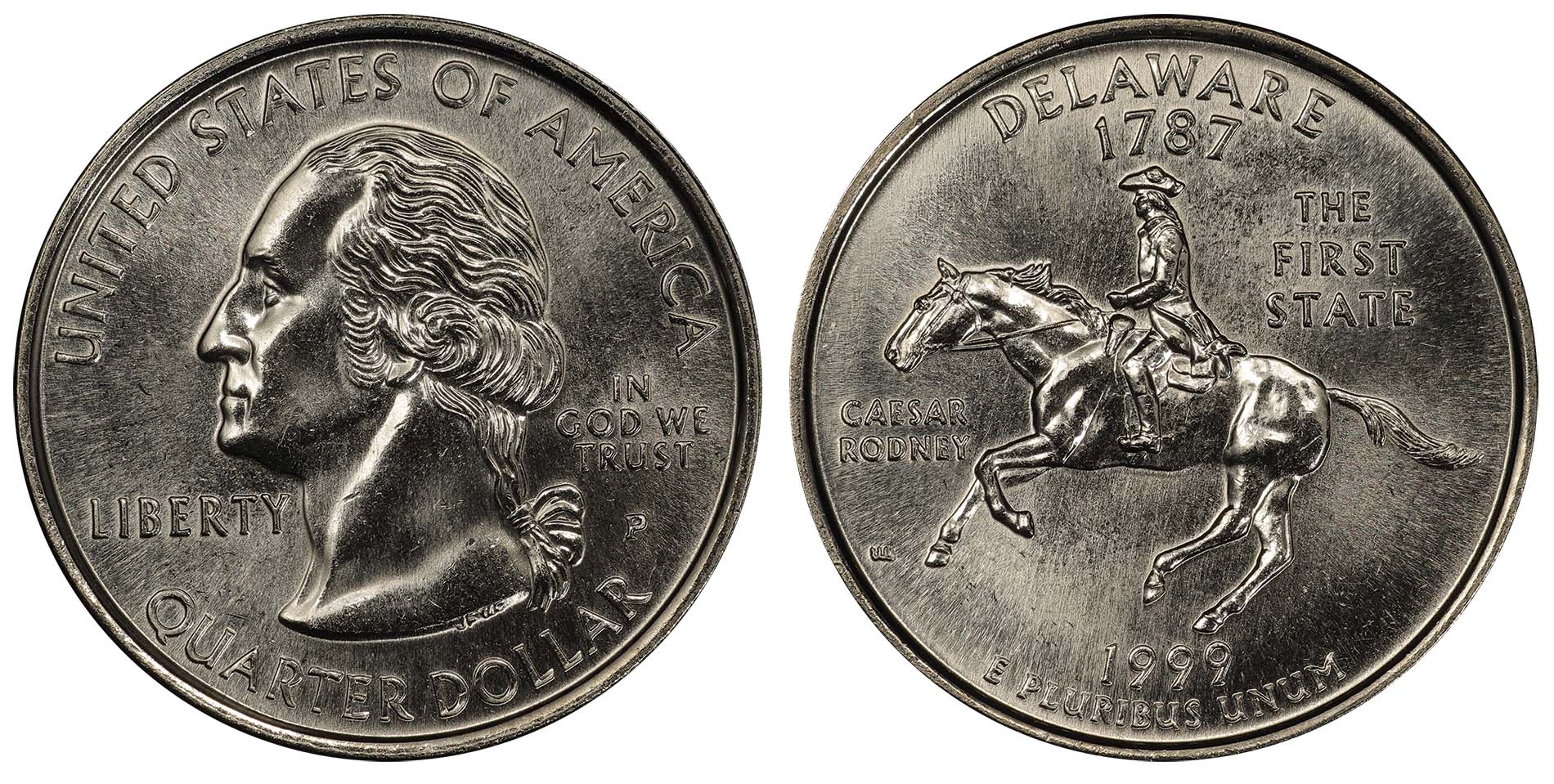
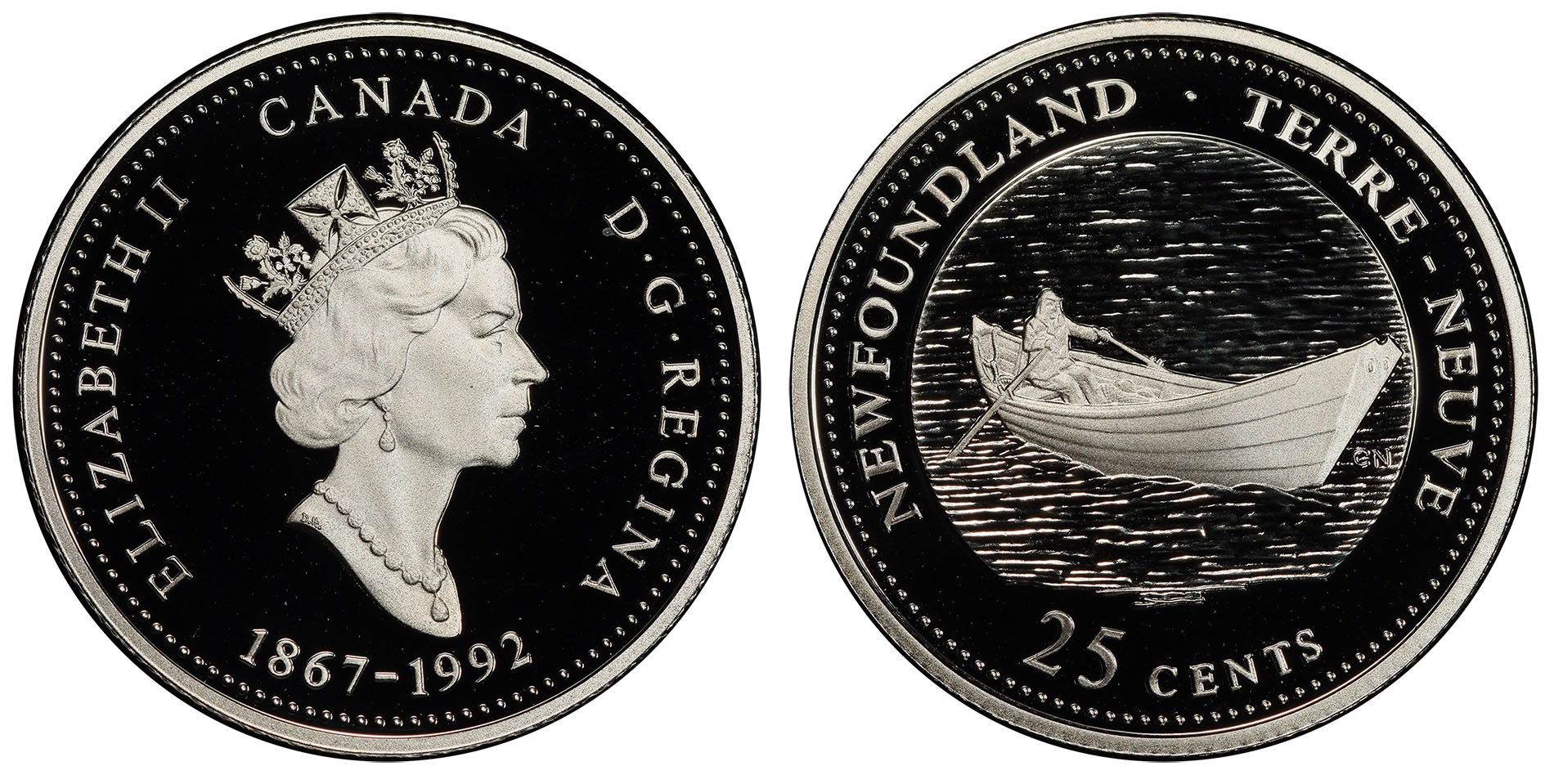
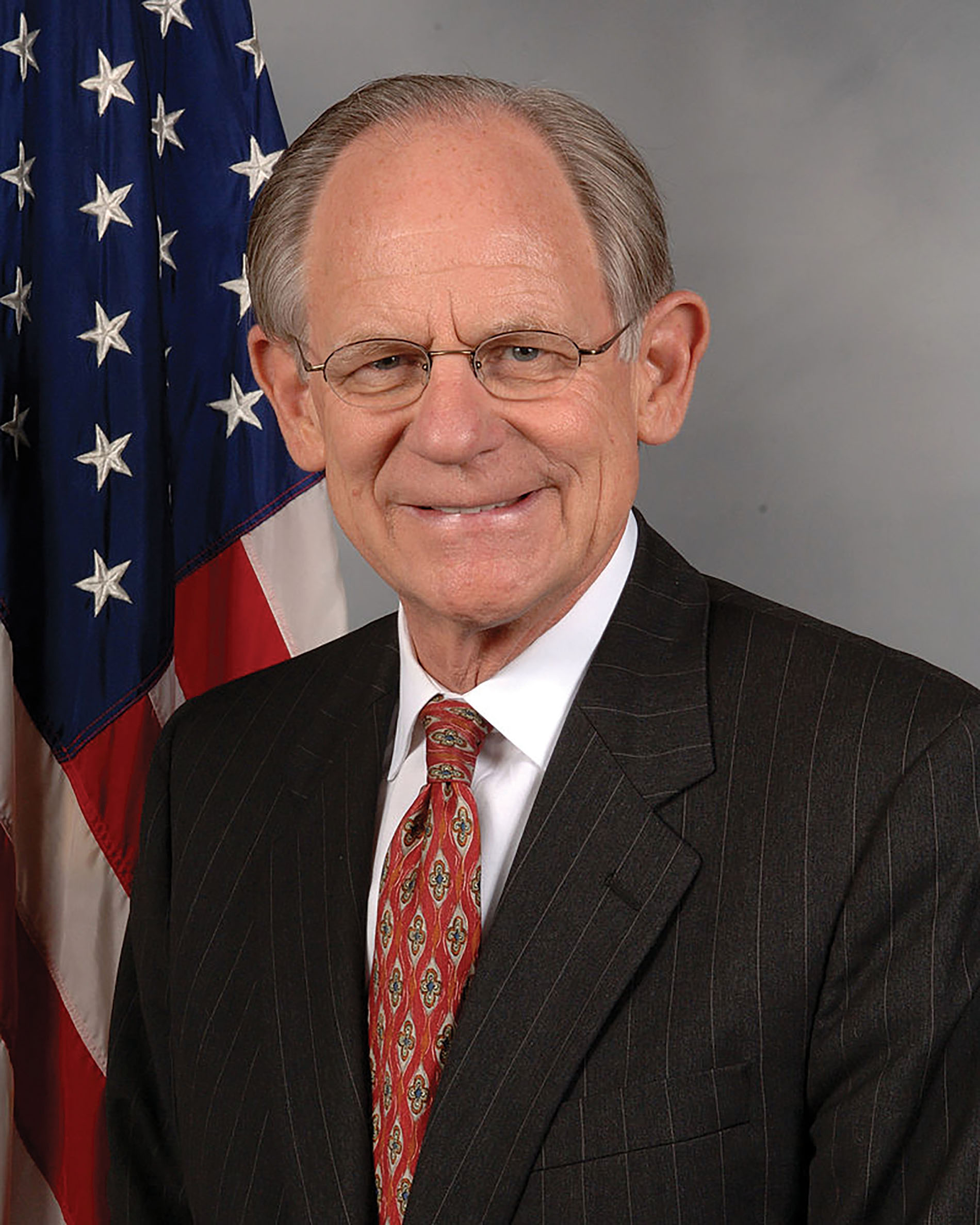
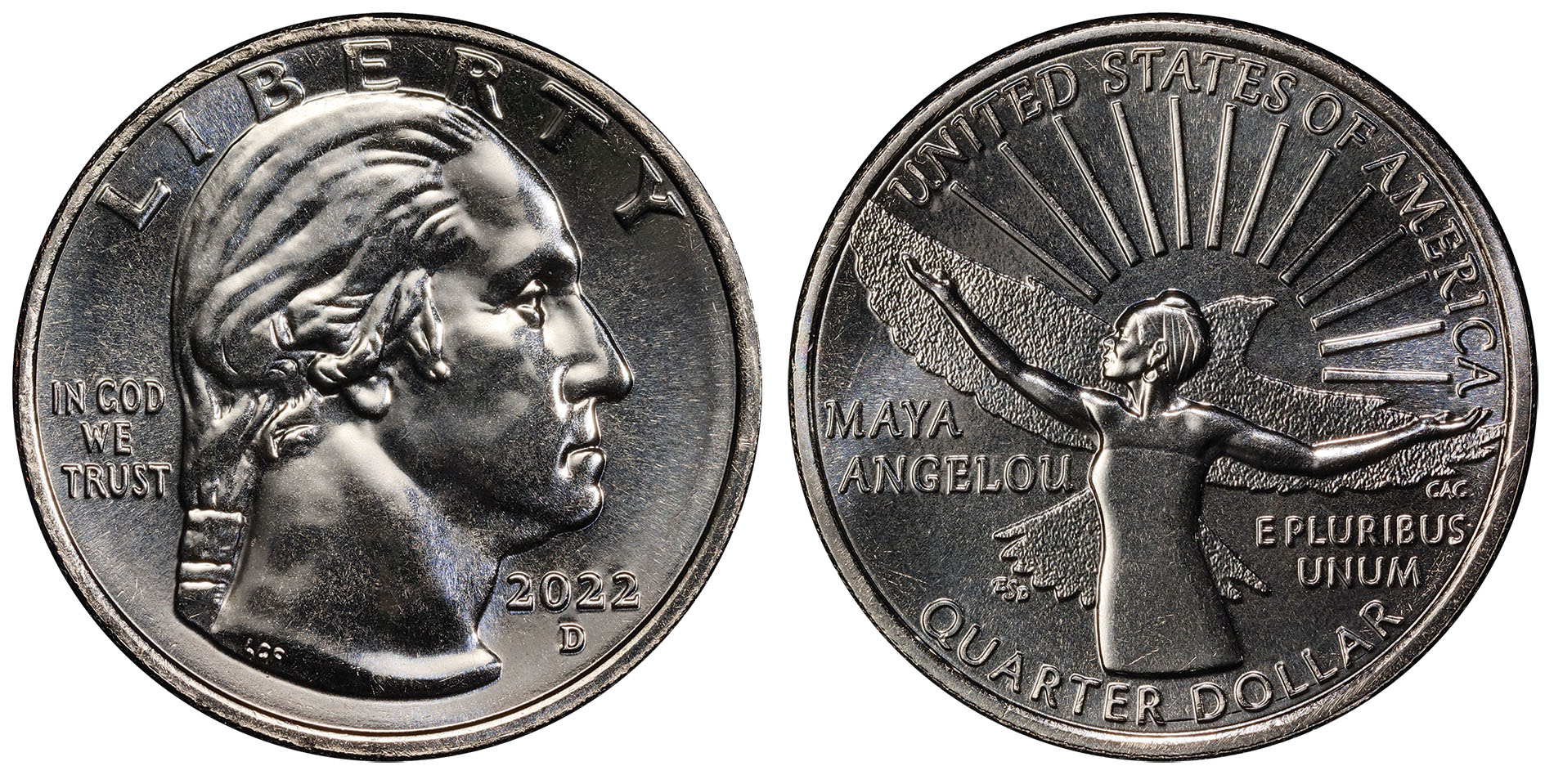

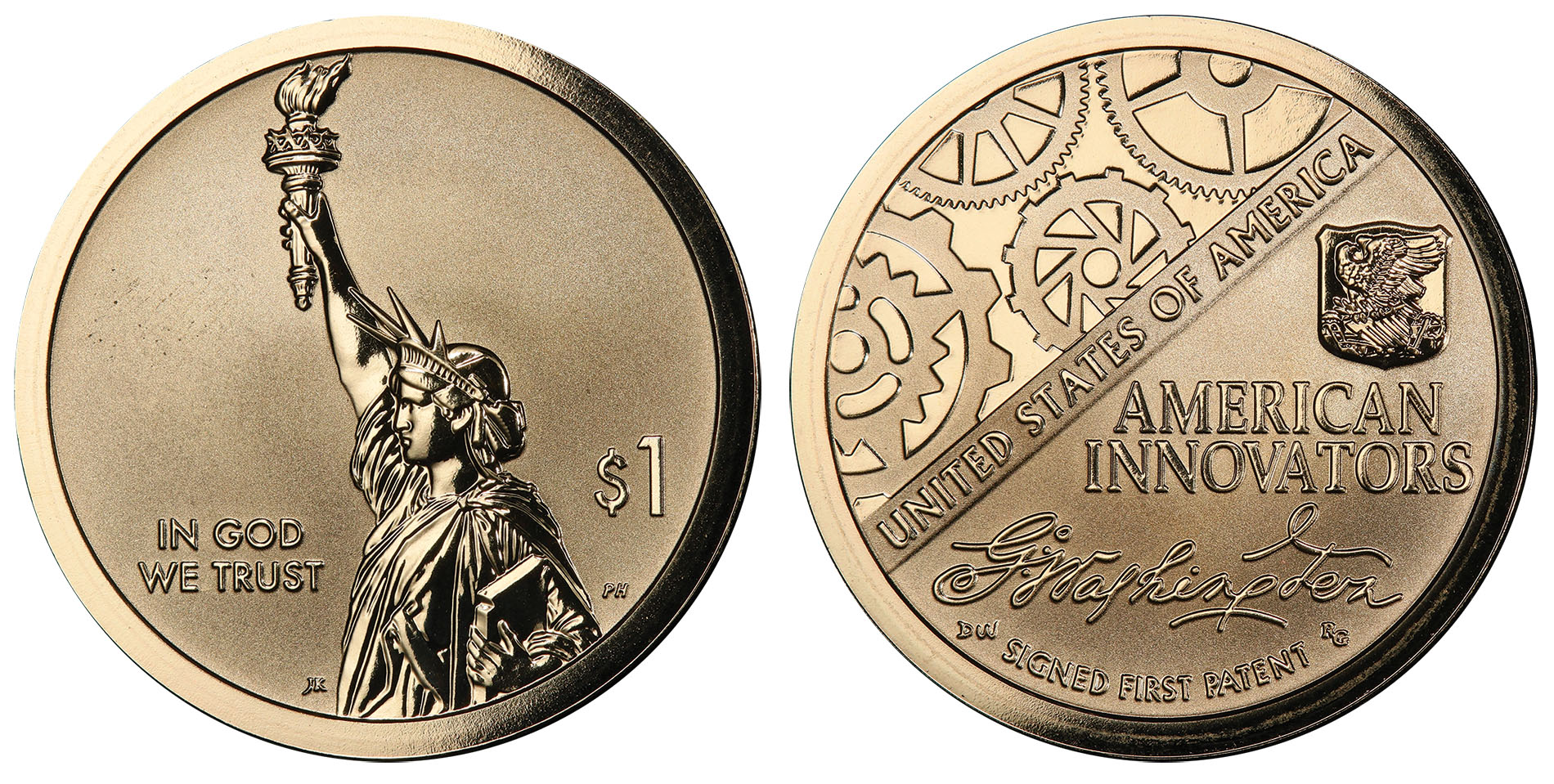
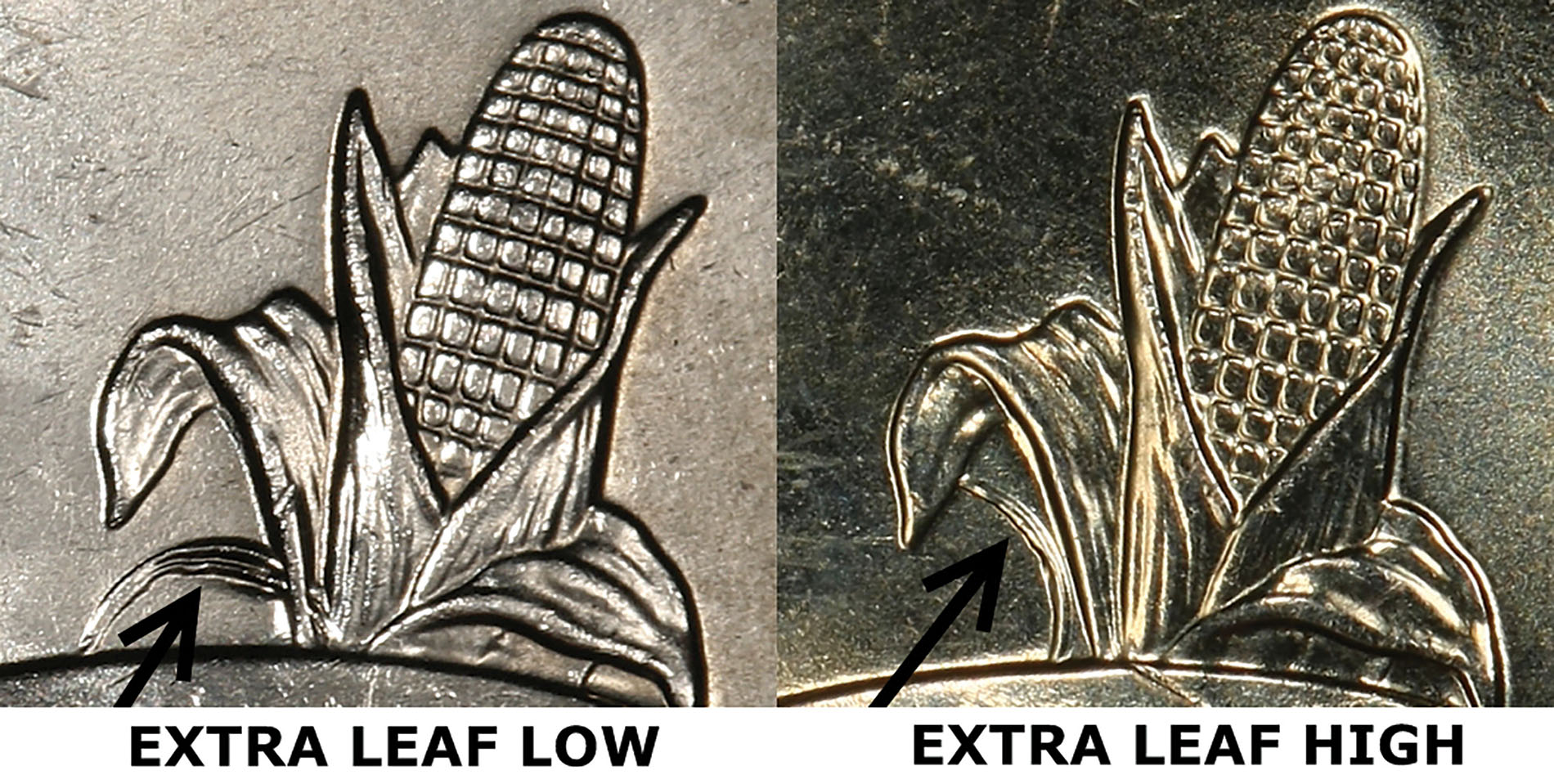

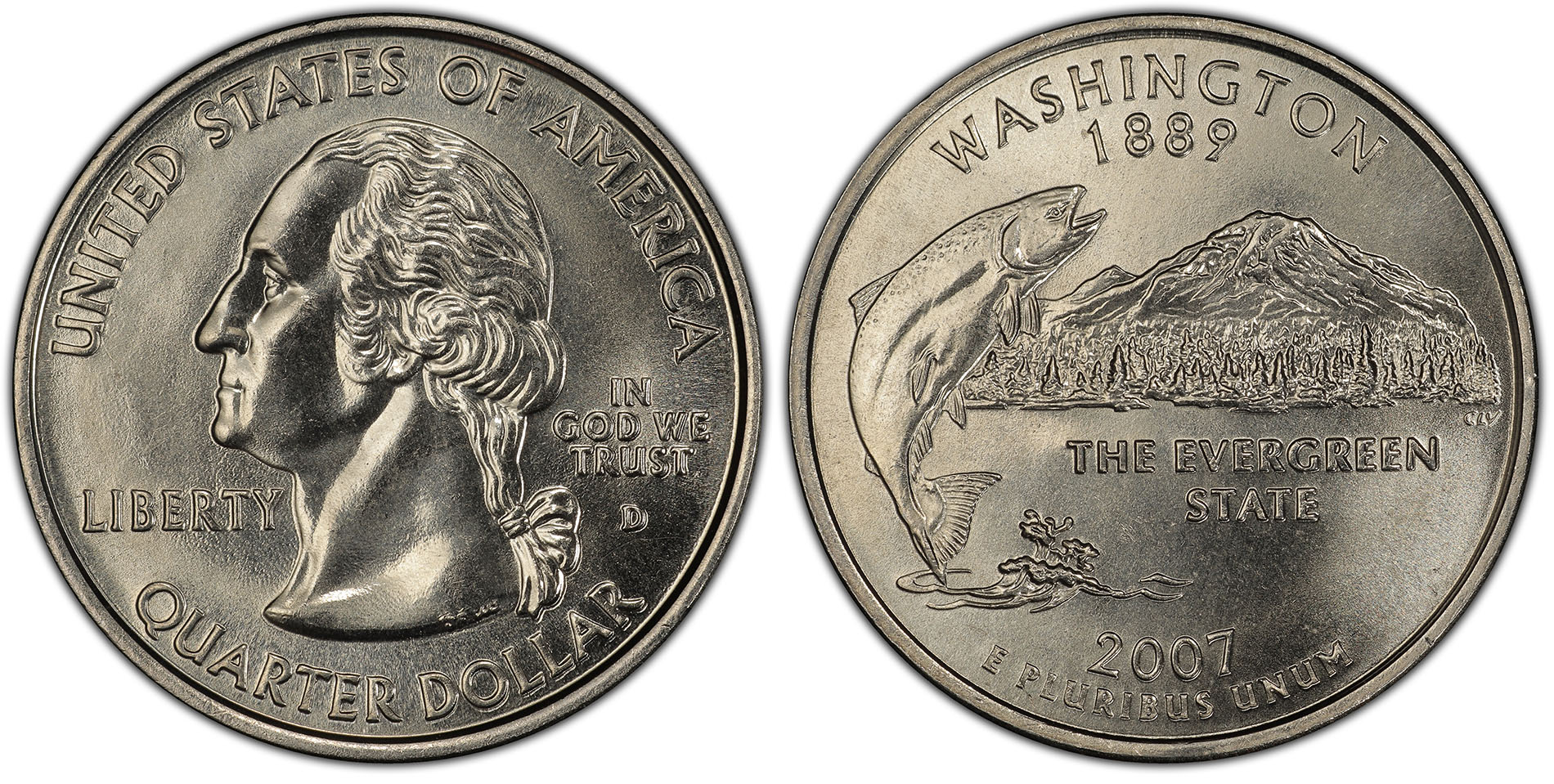




 Copper & Nickel
Copper & Nickel
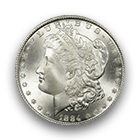 Silver Coins
Silver Coins
 Gold Coins
Gold Coins
 Commemoratives
Commemoratives
 Others
Others
 Bullion
Bullion
 World
World
 Coin Market
Coin Market
 Auctions
Auctions
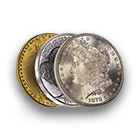 Coin Collecting
Coin Collecting
 PCGS News
PCGS News